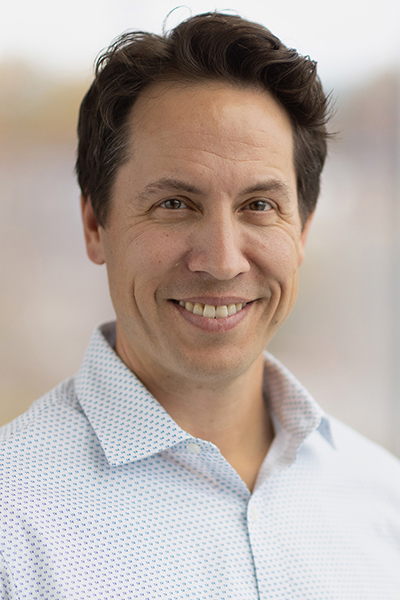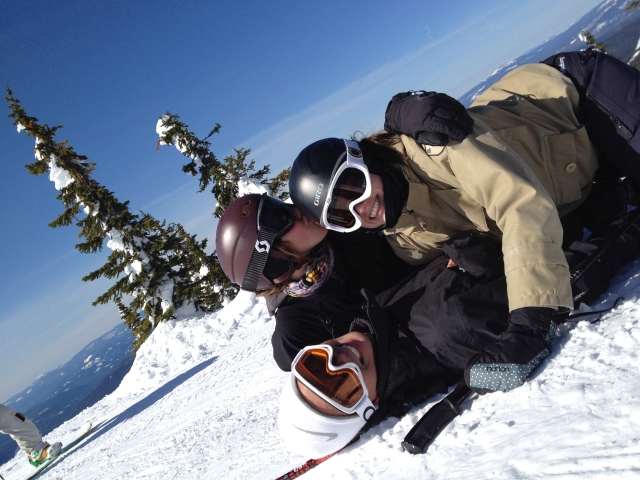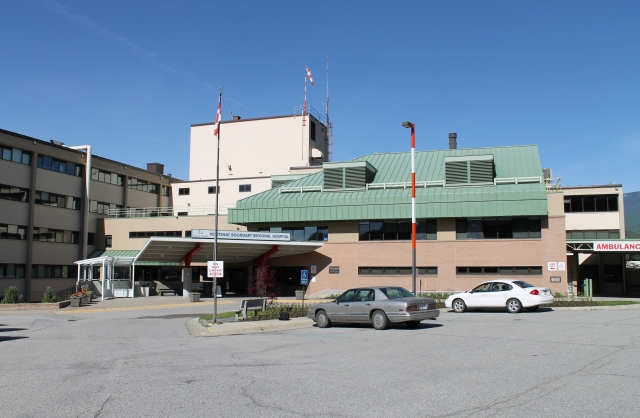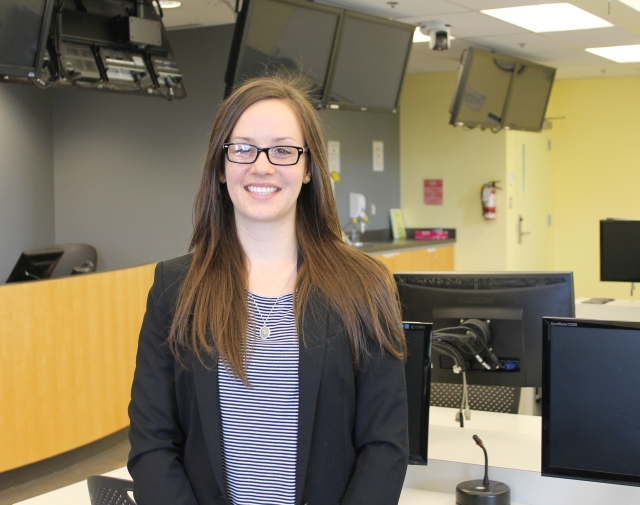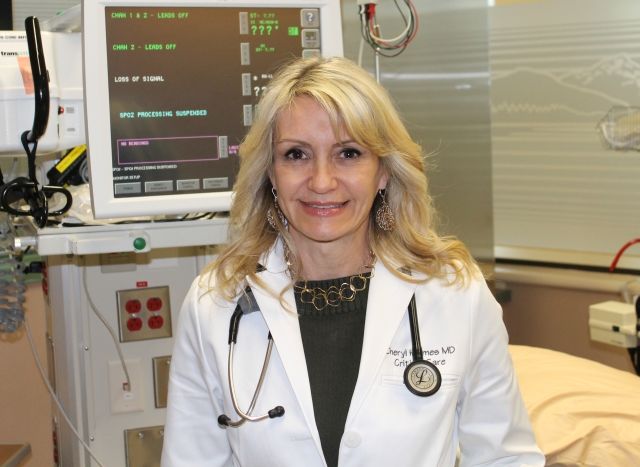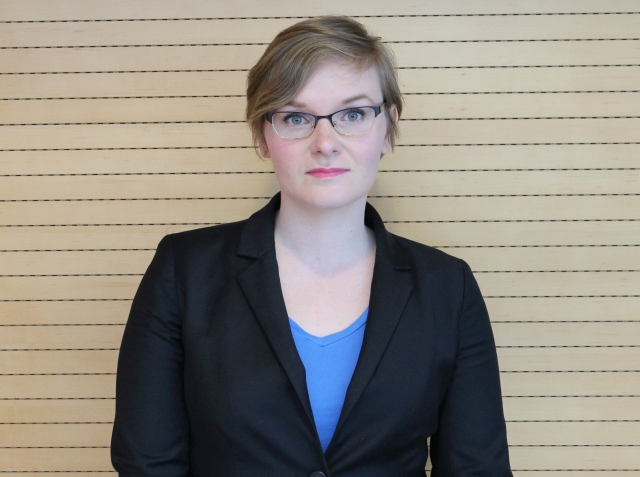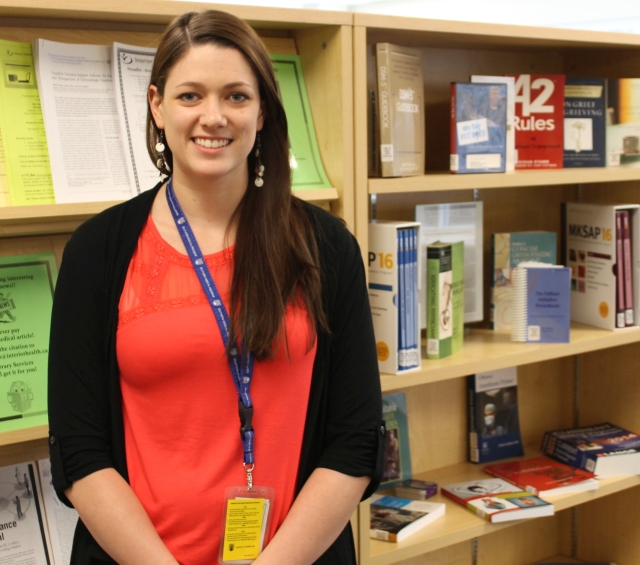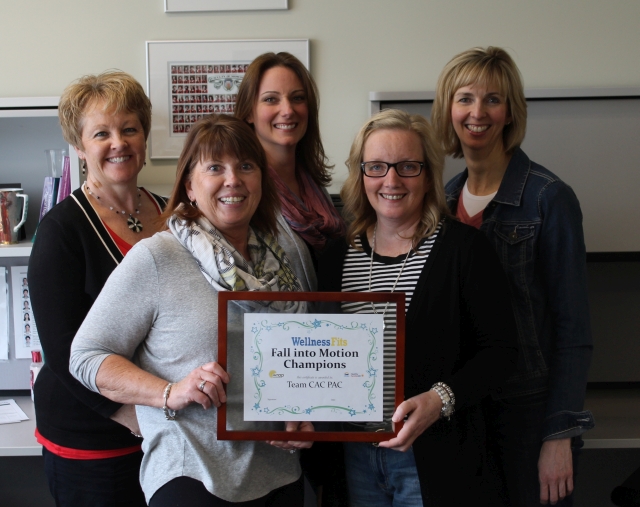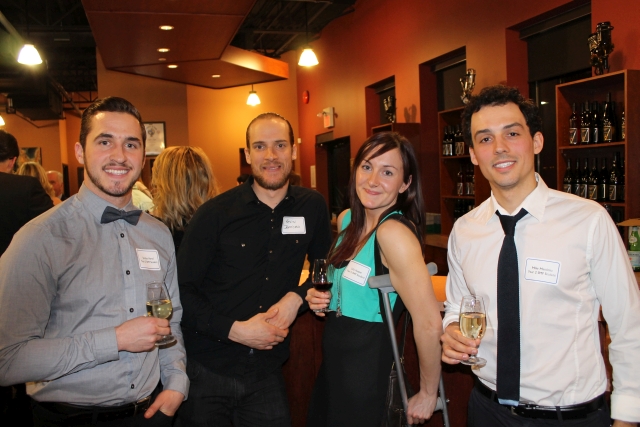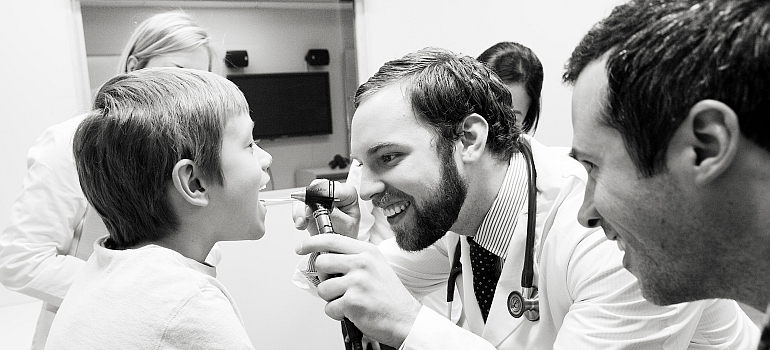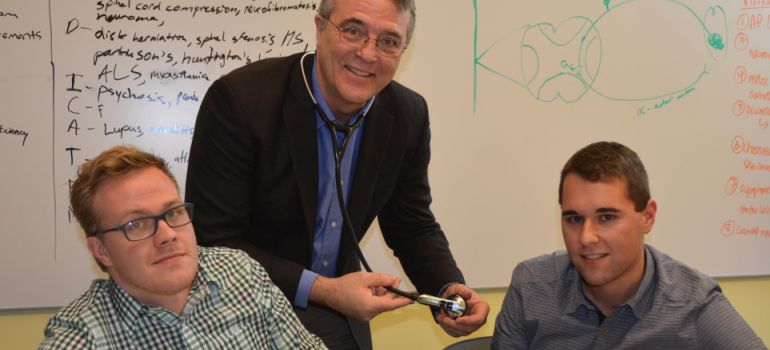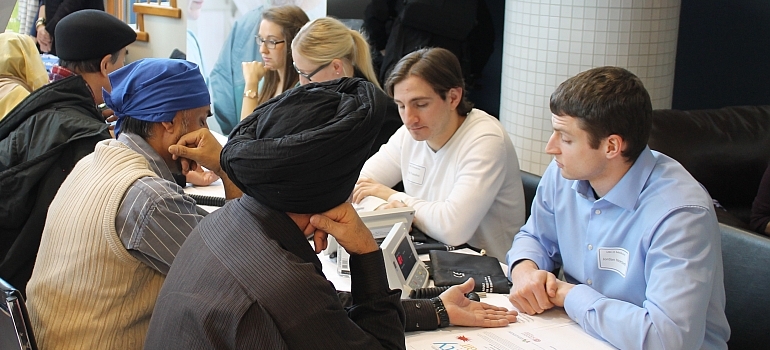
UBC Okanagan Interdisciplinary Health Conference
The UBC Faculty of Medicine Southern Medical Program would like to invite health professional faculty, staff, and students to attend the first ever UBC Okanagan Interdisciplinary Health Conference. The conference is a chance for students from medicine, science, and health and social development to share their research and public health experiences will the local medical community. Join us for an evening of poster presentations, great conversation, and a reception sponsored by Save-On-Foods and Choices Markets.
The conference will be held on March 5, 2014 at 7:00 pm in the Henderson Library at the Clinical Academic Campus (2312 Pandosy Street) next to Kelowna General Hospital. There is no charge to attend.
Overview of Presentations:
Presenter: Damien Leitner, University of British Columbia Okanagan , Department of Clinical Psychology
Title: A comparison of the Buschke selective reminding test and California verbal learning test- second edition in a traumatic brain injury population
Presenter: Jacky Lo, University of British Columbia, Faculty of Medicine, SMP 2015
Title: Successful self-medication of skin cancer using paw paw extract
Presenter: Michal Martinka, University of British Columbia, Faculty of Medicine, SMP 2016
Title: Clinical Recognition of Melanoma By Dermatologist and Non-Dermatologists
Presenter: Jason Randhawa, University of British Columbia, Faculty of Medicine, SMP 2016
Title: SMP Branch of the “Med students for Stem Cell Network Club” Hosting OneMatch swab drives at UBCO
Presenter: Hannah Staniszkis, University of British Columbia, Faculty of Medicine, SMP 2016
Title: Maternal-Infant Wellness Project: Phase II and New mothers of harm: prevalence and relation to OCD and child harm
Presenter: Adam Siemens, University of British Columbia, Faculty of Medicine, SMP 2016
Title: Implementation of a life skills curriculum in a transition housing population
Presenter: Roberto Trasolini, University of British Columbia, Faculty of Medicine, SMP 2016
Title: Point of Care Videoconferencing for Rural stroke care
Presenter: Stephanie Schindler, University of British Columbia Okanagan, Department of Biology Mitochondrial transcription factor A: novel intercellular signaling molecule and its role in microgial cell activation and neuroinflammation
Presenter: Dianne Valenzuela, University of British Columbia, Faculty of Medicine, SMP 2015
Title: The reliability of clinical tonsil size and grading in children
Presenter: Simon Macdonald, University of British Columbia, Faculty of Medicine, SMP 2016
Title: A comparison of pain and medication use in double-bundle verse single-bundle anterior cruciate ligament reconstruction patients: pain and medication comparison in ACL reconstruction
Presenter: David Van de Vosse, University of British Columbia, Faculty of Medicine, SMP 2016
Title: Wait time for lung cancer patient in BC Southern Interior for obtaining oncologic care: exploration the interval leading from first abnormal imaging to oncologic treatment
Presenter: Jamie Powell, University of British Columbia, Faculty of Medicine, SMP 2016
Title: NMP’s Healthcare Travelling Road show
Presenter: Emily Robinson, University of British Columbia Okanagan, Faculty of Health and Exercise Science
Title: Short-term high intensity interval training versus continuous moderate intensity aerobic training for improving cardiometabolic risk factors
Presenter:Colten Wendel, University of British Columbia, Faculty of Medicine, SMP 2015
Title: Investigation Of Vitreous Level of Atorvastatin in Patients Requiring Vitrectomy
Presenter: Kristin Morch, University of British Columbia, Faculty of Medicine, SMP 2016
Title: Review of the Clinical Management of Patients with Fracture at the hip at Kelowna General Hospital
Presenter: Greg Costello, University of British Columbia, Faculty of Medicine, SMP 2016
Title: Teaching Neuroscience to Men Struggling with Addiction
Presenter: Daniel Esau, University of British Columbia, Faculty of Medicine, SMP 2016
Title: Photovoice: engaging youth in rural Uganda in articulating health priorities through participatory action research
Presenter: Lisa Olhauser, University of British Columbia Okanagan, Faculty of Health and Exercise Science
Title: The Biological and Psychological Factors that Influence Post-Stoke Emotional Function
Presenter: Charlotte Broadbent, University of British Columbia Okanagan, Faculty of Health and Exercise Science
Title: How Does Type 2 Diabetes Impact Cognitive Function
Presenter: Celine Akyurekli, University of British Columbia, Faculty of Medicine, SMP 2017
Title: Walk ‘n Talk for your Life: a student facilitated program to reduce loneliness and isolation and improve lifestyle behaviours in low-income seniors.
